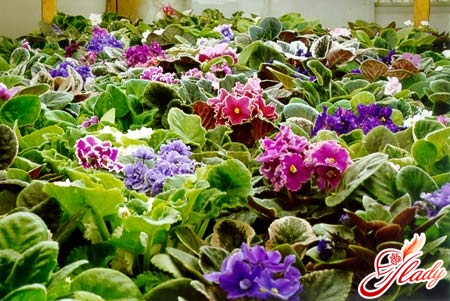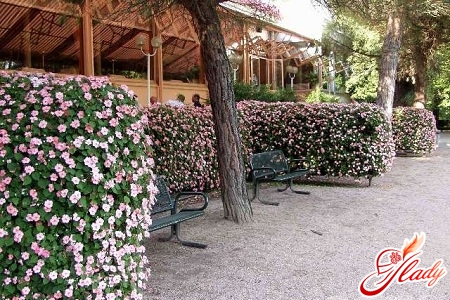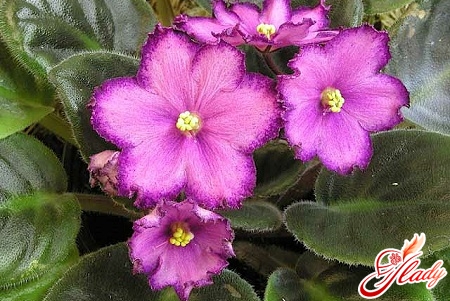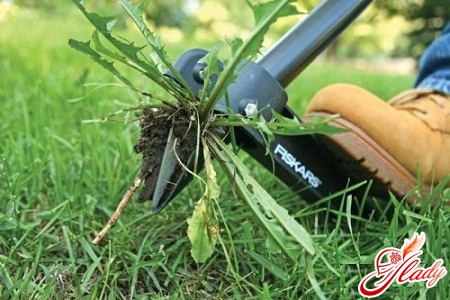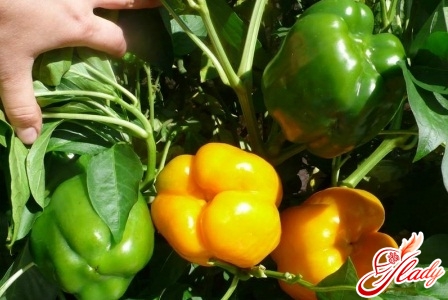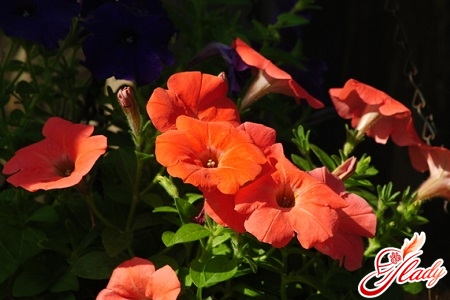
Petunia is an annual plant thattoday is very popular. They grow it not only in the garden, but also in the room. Throughout the season, petunia blossoms very brightly and magnificently, however, in order to achieve this, it is important to know exactly how to take care of it. Petunia is used to decorate terraces and balconies, and the ampel varieties of plants look particularly advantageous in hanging baskets. Today we will talk about what should be the correct cultivation of petunias and what are its features.
How to grow petunia?
Petunia, like any plant, has somefeatures of cultivation. The first thing you should pay attention to is choosing a place for the plant. This point is extremely important if you want to provide petunia with proper care. The plant feels comfortable in open, well-lit and sunny areas. If the flowers are in a shady place, they will soon stretch and form a lot of leaves, which will prevent beautiful and abundant flowering. In addition, they will begin to deform, lose decorativeness - you must agree, for a floriculturist, these are not the most pleasant consequences. Well, if the balcony in your apartment is on the south or south-west side - this is the most optimal option for plants. Planting the same petunia in the garden, try to select areas that are as much as possible illuminated by the sun. Petunia is a plant that is thermophilic, resistant to droughts, but despite this, the heat is very bad for the flowers, and they begin to fade quickly. In addition, on especially hot summer days petunia is exposed to the tick, which destroys both the root system and leaves with flowers. Providing the plant with proper cultivation and care, it is important to remember the regular watering. Petunia, planted on the balcony, it is necessary to water twice a day. Take care that the soil does not dry out. In moistened soil, petunia grows particularly well, but overflow and especially stagnant water in the pot should be avoided. Periodically spray the plant to prevent the appearance of the tick. Standard, classic varieties of petunia do not tolerate rainy, wet weather. This situation can provoke decay of the root system and drying of the leaves. But the more modern, relatively recent species of this plant are more resistant to such weather effects. For petunia, growing on the balcony, there is a technology of cultivation, which differs from that which is intended for garden plant variants. It is important to make sure that the flower does not break due to wind or heavy rain. Therefore, do not forget to follow the forecast and, if weather worsening is expected, rearrange the pots with petunias to a more sheltered and quiet place. It is equally important that petunias grow in suitable soil. This plant prefers loam or sandy loamy soil. In case you grow petunia on a balcony, prepare for the plant such soil: take two parts of turf and the same deciduous land, adding one part of peat land and sand (preferably river). Such a composition is considered the most optimal for petunia. Now about fertilizers, without which there is no full-fledged care. Using top dressing and special nutritional complexes, you can provide the plant with a long, more abundant and beautiful flowering. Use complex fertilizers that contain potassium. Fertilize the flower during the entire period of active flowering, on average, once or twice every two weeks. Do not forget to periodically remove flowers that have already faded or deformed - this will allow petunia to bloom even longer. Removal of the ovary (to prevent it from forming and ripening the seed boxes) allows to stimulate the creation of newer and newer buds of the plant. But to make the bush beautiful, use the method of pinching. It will allow to form petunias new branches - the plant will acquire splendor, and its flowers will be even more expressive. 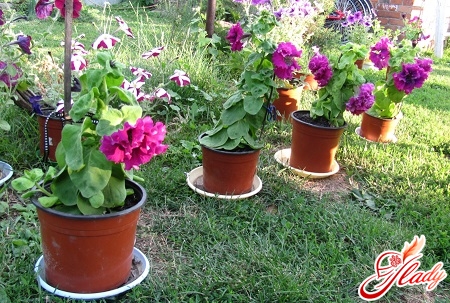
Reproduction of petunia
Today, seedlings for breeding petunia canbuy in each flower shop, usually in the spring-summer period. But you can grow seedlings yourself. You just need to buy good quality seeds. They need to be planted in special small pots. It is best to do it in the middle of March. In order to get ready full-fledged seedlings, it will take three months. It is better to prepare the soil for sowing in advance, moisten it and properly sow. It is necessary to mix seeds and sand. Note that the seeds should be distributed evenly in the sand. Then they begin to sow, and then sprayed with standing water at room temperature. For spraying, it is best to use a spray gun. Finished seeding cover with a film, and pots with a future seedling place on the balcony or on the windowsill. It is necessary to ensure proper care and the seedlings themselves. The most suitable temperature for seed growth is twenty-one to twenty-three degrees. If the temperature will significantly exceed this figure, then the seedling will excessively stretch or become ill with one of the fungal diseases. The same can be said about the lack of light. Do not forget to regularly ventilate the place where the seedlings are. If conditions are optimal, then shoots of petunias will appear in a week. When the seeds overgrow the film, remove it. Water the seedlings very carefully, while lowering the temperature in the room to eighteen degrees. However, do this gradually so that the future plant is not affected by a sudden change in temperature. A month after the sprouting of the seedlings, they will need to be transplanted. If you want the bush to grow more compact and lush, you need to pinch shoots. In addition, you can make a picking plant in a special pot of peat. Seedling also needs hardening, which is usually carried out in April. After the soil warms up, it will be necessary to make a petunia landing on a stable, permanent place. The distance between the flowers should not be less than thirty centimeters. If you plant petunias on the balcony, then do not forget that you need to properly select the size of the containers. You should not plant three or more petunias in one tank of ten liters. If a more dense planting is carried out, then, again, the plant will stretch excessively and will look less decorative. The predominant number of varieties of petunia multiplies due to the seed method. However, those varieties on which there are double flowers, give very few seeds, the germination of which is very low: only less than half grows. Because terry subspecies is better to propagate by the method of propagation. In the same way, some hybrids of petunia, for example, Surfinia, can also breed. For this method of breeding in autumn, dig out the plants and place them in pots. Now trim the old shoots, then put the petunia in a cooler but well-lit place. There must be good ventilation, which will provide the plant with rapid growth. Take care that the pots are not at a temperature below ten degrees. Watering should be moderate. In the spring period prune young cuttings. As a rule, they are cut to ten centimeters long. On each cuttings you need to leave only two sheets (upper), the rest you need to get rid of. In order for the root system to successfully form, immerse the cuttings together with the lower part into a solution with phytohormones. Then cuttings are planted in moistened sand or in loose soil with good air permeability. The depth to which cuttings should be planted should not exceed four centimeters. Please note that the ground around these seedlings should be watered, then a little crush and top cover with a film or glass. For good rooting of the cuttings, a temperature regime of twenty degrees and good lighting are required. In the case of a short light day, it is better to use additional illumination in the form of fluorescent lamps. For this plant it is important that the light day is at least ten hours. A week after planting cuttings will begin to form their root system. And even then, when the plant will acquire the first leaves, it must be transplanted into a larger pot. 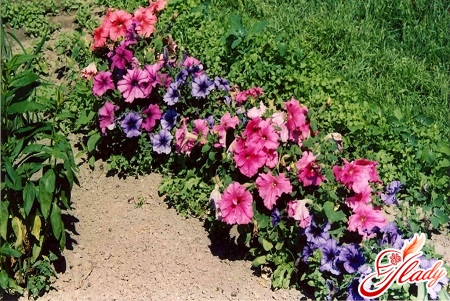
Fighting pests and diseases
Caring for any flower or tree implies andprevention of diseases to which a particular plant is exposed. In the case of petunia, which is considered a fairly strong domestic plant, diseases can provoke both pests and improper conditions of detention. The most severe consequences are fungal diseases. They can occur due to excessive watering or in case of too thick sowing. Improperly selected soil also provokes this kind of disease. Fungal diseases most often cause radical decay, which is also called a "black leg". In addition, you can notice the softening of the stem in its basal part. If you notice one of these signs, try to treat petunia as quickly as possible with a fungicide. In addition, you need to establish the correct watering. Another fungal disease is powdery mildew. It is manifested in the form of a beige or white coating, from which both flowers and leaves suffer. Such a disease affects the plant at strong temperature jumps or in case of high humidity. Most often this happens in the summer. It is very important to immediately remove the affected part of the plant, after which all the remaining parts must be treated with sulfur. To prevent the occurrence of fungal diseases, carry out prevention, which implies the implementation of certain rules. Use for the sowing of light soil, which must be steamed just before planting. Do not plant petunias too close to each other and do not forget about the balanced feeding of plants. Make sure that there is not an overabundance of fertilizers based on nitrogen in the soil. And, of course, do not forget about the optimal lighting and temperature. Taking into account the above rules and advice, providing the plant with the proper care and care, you very quickly make sure that growing petunias is not a difficult and time-consuming process, and the plant itself will delight you with a whole "waterfall" of delightful bright flowers that will perfectly decorate your house !!




